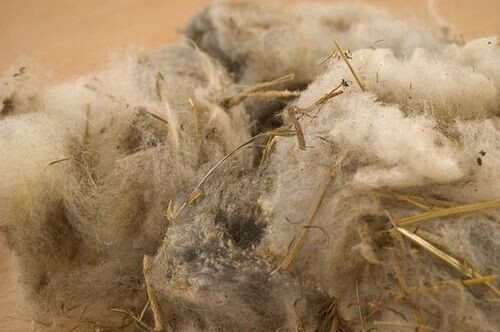New Zealand Wool is an amazing and under rated product. In my comparatively short life time, wool has never really been a significant feature in agricultural markets, to the point where it could potentially be considered a by-product of sheep meat production.
This is a stark contrast from the days when my father was a child and he and his siblings were instructed to pluck any wool from fences and save it as if it were some kind of fibrous gold. Well...it was back then!
The huge market value at the time was of course, relevant to the demand in the 1950s and 60s. This was in part due to the war and in part because a lot of the synthetic fibres we have today weren't around.
So we're no longer involved in an inter-continental war, and some bloke invented nylon, polyester and the idea that you could use such materials for clothing. With an added positive that you could wash these synthetic fibres without the risk of turning your jersey into a finger puppet.
Consequently wools have been "out-featured" by these synthetic products, which has damaged the value of the product resulting in their 'by-product' status.
"Greasy" wool is the term for wool that has been shorn directly off a sheep before it has gone through any sorting or cleaning processes.
The cost involved in contracting shearers to come and physically remove the wool off the backs of the sheep in the first place would frequently be proportional to the cheque you'd receive from the wool buyers. Therefore the margin from wool sales would be minimal or nonexistent. Turning the whole process into an animal health requirement or a necessary process for improved mating success and encouraging weight gain in a farmer's sheep.
Just as a little bit of back ground, in New Zealand there are two main kinds of wool produced. Crossbred coarse wool, or Merino fine wools. The differences in the wools comes down to the diameter of the individual strands of the wool. The larger the diameter - the more coarse the wool.
These two main types of wool, create two main products - Wool carpets and the fine wool thermal clothing produced by the likes of Icebreaker
After considering some of the history of wool, and why it seems to have faced a downturn in the last decade or two, stand back everyone, because for the first time in years wool has seen an upward trend in price!
But why? It would seem that all old fashioned practicalities aside, wool is once again becoming fashionable. Wool's cheap synthetic opposition is just that. Cheap to make and produce which is translated into the wearability and longevity of the pieces.
Being a natural fibre has a list of pros and cons for wool. The cons are where the cost comes in, the non-uniformity of the fibres mean that it can be difficult to process. Sometimes the wool can become stained which affects its capability to retain dyes. Once it's a garment it can also be tricky to wash and unless the wool is reasonably fine it can be a bit itchy to wear.
However, wool is flame retardant, it warms on wetting, it's unique - no two pieces are the same, it's breathable and doesn't harbour bacteria and lastly it's a natural renewable product! What more could you want?
So perhaps when you're shopping for that new winter jumper, have a look at some wool based options or you could always ask Nana to get out the knitting needles! Support our farmers and consider a natural option.
Grace Pettit is the Content Marketer for Grass Roots Media NZ. She regularly blogs about Agricultural Industry news, Social Media updates and anything in line with her passions of Horses, Young Farmers and Agriculture





